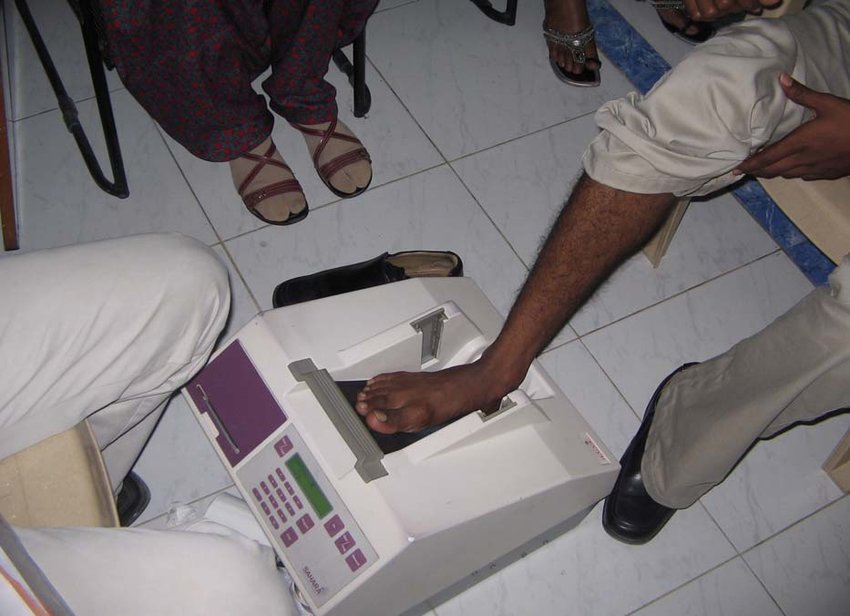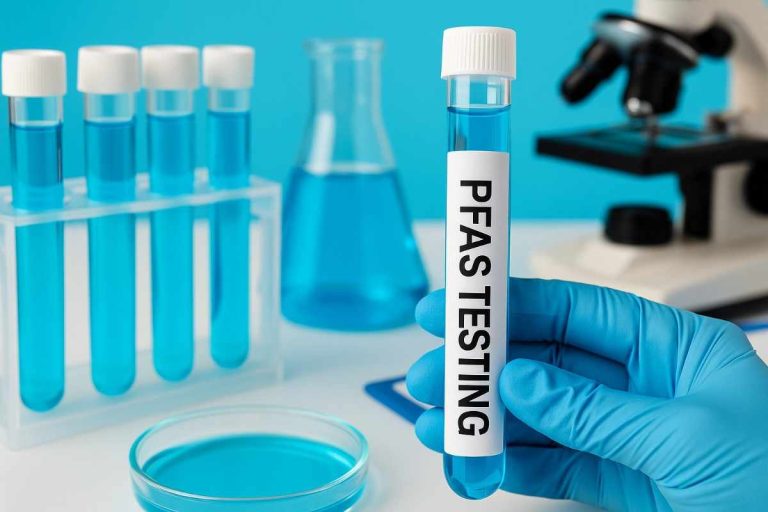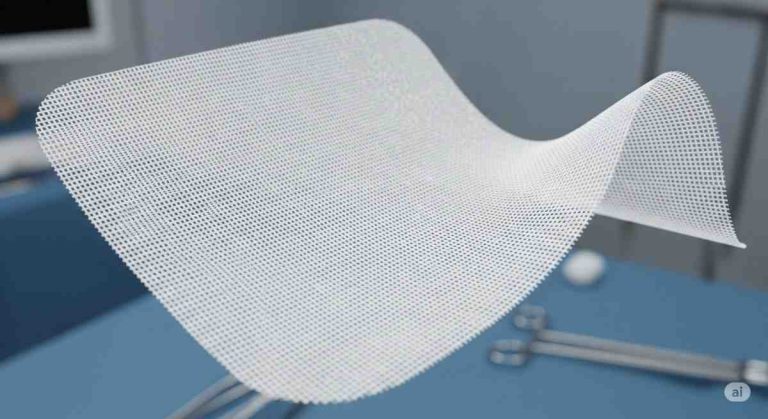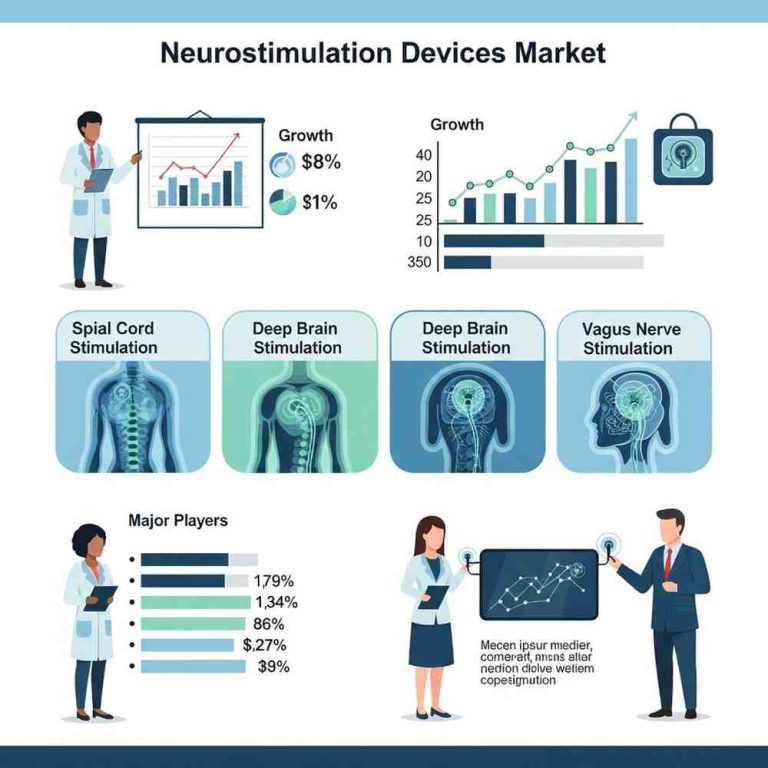
The increasing prevalence of osteoporosis, particularly among postmenopausal women, underscores the importance of early detection in mitigating its impact on bone health. Osteoporosis, characterized by fragile bones prone to fractures, poses a significant health risk, with millions of women worldwide affected by this condition. Early detection through the use of bone densitometers enables healthcare professionals to recommend proactive treatments aimed at strengthening bones and reducing fracture risks.
Understanding Osteoporosis and Its Impact on Bone Health
Osteoporosis is a condition characterized by low bone density and deterioration of bone tissue, leading to increased fragility and susceptibility to fractures. The condition primarily affects older individuals, especially postmenopausal women, due to hormonal changes that accelerate bone loss. According to the International Osteoporosis Foundation, approximately 200 million women worldwide suffer from osteoporosis, with a substantial proportion experiencing osteoporotic fractures.
For any queries, feel free to contact us @ https://www.towardshealthcare.com/personalized-scope/5125
The Significance of Early Detection
Importance of Identifying Osteoporosis at Its Onset
Early detection of osteoporosis is crucial for implementing preventive measures and minimizing the risk of fractures. By identifying individuals with low bone density before significant bone loss occurs, healthcare providers can initiate interventions to preserve bone strength and reduce the likelihood of fractures.
Preventive Measures for Reducing Fracture Risks
Upon early diagnosis of osteoporosis, healthcare professionals can recommend various interventions to enhance bone health and reduce fracture risks. These may include dietary modifications, supplementation with calcium and vitamin D, regular weight-bearing exercises, and lifestyle adjustments to minimize fall risks.
Utilizing Bone Densitometers for Early Diagnosis
Role of Bone Densitometers in Assessing Bone Strength
Bone densitometers play a pivotal role in diagnosing osteoporosis and assessing bone strength. These specialized machines utilize advanced imaging techniques to measure bone mineral density (BMD) and identify individuals at risk of fractures. By quantifying bone density, healthcare providers can gauge the severity of osteoporosis and tailor treatment plans accordingly.
Advancements in Bone Densitometer Technology
Recent advancements in bone densitometer technology have led to the development of more accurate and user-friendly devices. Modern bone densitometers offer enhanced spatial resolution and imaging capabilities, allowing for precise assessment of bone density and early detection of osteoporosis-related changes. As a result, these devices are increasingly utilized in clinical settings worldwide, facilitating prompt diagnosis and intervention.
Connection Between Osteoporosis and Kidney Diseases
Impact of Kidney Diseases on Bone Health
Kidney diseases can exacerbate bone health issues by disrupting the body’s regulation of essential minerals such as calcium. Impaired kidney function can lead to abnormalities in calcium metabolism, resulting in decreased bone mineral density and increased fracture risk. Consequently, individuals with kidney diseases are at heightened risk of developing osteoporosis and related complications.
Integration of Bone Densitometers in Managing Bone Density in Kidney Disease Patients
Healthcare providers rely on bone densitometers to monitor bone density in patients with kidney diseases and assess their fracture risk. By identifying bone loss early and implementing appropriate interventions, clinicians can mitigate the impact of kidney-related bone disorders and improve patient outcomes. The integration of bone densitometry into routine care protocols is essential for optimizing bone health in individuals with kidney diseases.
Dual-energy X-ray Absorptiometry (DEXA) Scans
Understanding DEXA Scans and Their Role in Detecting Osteoporosis
Dual-energy X-ray absorptiometry (DEXA) scans are instrumental in diagnosing osteoporosis and evaluating bone density. These non-invasive imaging tests utilize low-dose X-rays to assess bone mineral content and density, providing valuable information about bone strength and fracture risk. DEXA scans are widely regarded as the gold standard for osteoporosis diagnosis due to their accuracy and precision.
Recent Advancements in DEXA Technology
Recent developments in DEXA technology have enhanced the efficiency and accessibility of bone density testing. Innovative features such as enhanced spatial resolution and portable design have expanded the utility of DEXA scans in diverse clinical settings. Collaborative efforts between healthcare companies, such as the partnership between Aurora Spine and Echolight Medical, have resulted in the development of advanced DEXA platforms capable of delivering high-quality imaging and precise bone density measurements.
Challenges in Acquiring and Maintaining Bone Densitometers
Financial Implications of Bone Densitometer Acquisition
Despite the clinical benefits of bone densitometry, the high cost of acquiring and maintaining these devices poses a significant challenge for healthcare institutions. Limited financial resources may deter hospitals and clinics, particularly those in underserved areas, from investing in bone densitometer technology. Additionally, ongoing expenses associated with machine calibration and staff training further strain institutional budgets, potentially limiting access to bone density testing.
Addressing the Affordability Issue for Widespread Access
To promote widespread access to bone density testing, concerted efforts are needed to address the affordability issue surrounding bone densitometers. Strategies such as government subsidies, collaborative purchasing agreements, and innovative financing models can help alleviate the financial burden on healthcare facilities and facilitate the acquisition of bone densitometer technology. By making bone density testing more accessible and cost-effective, healthcare providers can enhance early detection of osteoporosis and improve patient outcomes.
Unlock Infinite Advantages: Subscribe to Annual Membership
To own our premium study instantly, Click here @ https://www.towardshealthcare.com/price/5125
To know more about Bone Densitometer:




